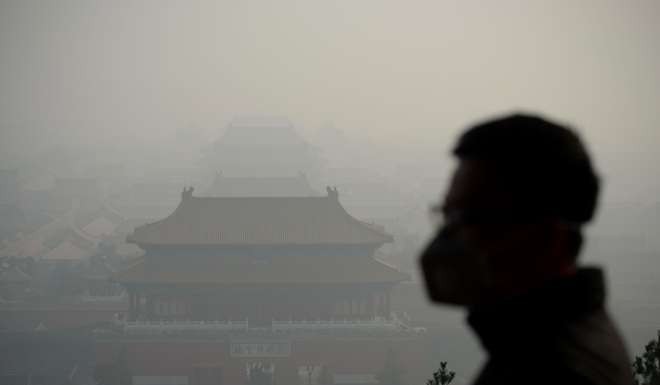China tops world for air pollution and carbon emissions, officials admit
Beijing-Tianjin-Hebei one of planet’s most polluted regions, but ‘lack of funding hampers progress on 2017 clean-up targets’

China tops the world in almost all types of air pollution, including sulphur dioxide and nitrogen oxides, as well as carbon emissions, top mainland officials admitted.
The officials also told a Guangdong forum that the Beijing-Tianjin-Hebei region’s huge industrial output meant it was one of most polluted areas in the world.
Watch: Various parts of China are enveloped in thick , white fog
Wang Jinnan, chief engineer of the Chinese Academy for Environmental Planning, said 1.75 trillion yuan (HK$1.97 trillion) was needed to meet the country’s pollution-reduction targets by next year, but an investment gap posed a huge obstacle to such efforts, Legal Daily reported on Monday.
“China’s emissions of all types of air pollutants and carbon dioxide are the largest in the world, which creates unprecedented pressure on air quality,” Wang told last weekend’s forum of public companies specialising in environmental protection.

He said soaring levels of PM2.5 pollutants – fine particles that pose the greatest harm to public health – had reduced average visibility in the atmosphere over the Beijing-Tianjin-Hebei area by about 50km in recent decades as the region had become one of the world’s most polluted.